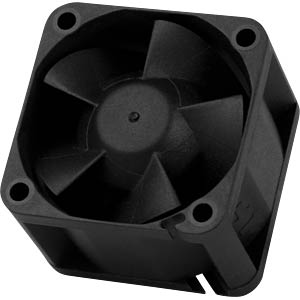Rajasthan, the land of kings, is a mesmerizing destination brimming with history, culture, and architectural grandeur. This northwestern Indian state is renowned for its traditional villages, grand palaces, and ancient stepwells, each offering a glimpse into the region’s glorious past and vibrant heritage. The traditional villages of Rajasthan transport visitors to a bygone era, where life moves at a leisurely pace and customs remain deeply rooted in history. Villages like Bishnoi, Khimsar, and Samode showcase Rajasthan’s rustic charm, where mud houses adorned with intricate murals stand against the golden desert landscape. The local communities, dressed in vibrant turbans and colorful ghagras, continue to practice age-old crafts such as pottery, weaving, and block printing. One of the most intriguing aspects of these villages is their hospitality tourists are often welcomed with open arms, invited to share a meal cooked over an open fire, and entertained with folk dances and music.
Camel safaris across the undulating sand dunes further enhance the experience, providing a glimpse into the nomadic lifestyle of the desert dwellers. Rajasthan is also home to some of India’s most magnificent palaces, which stand as grand symbols of Rajput and Mughal architectural brilliance. The City Palace in Jaipur, an opulent complex of courtyards, gardens, and museums, reflects the artistic grandeur of the region. Similarly, the Umaid Bhawan Palace in Jodhpur, a fusion of Eastern and Western architectural styles, continues to serve as a royal residence while also functioning as a luxury hotel. Udaipur, often called the Venice of the East, boasts the ethereal Lake Palace, which appears to float on the serene waters of Lake Pichola of agence de voyage au Rajasthan. These majestic palaces, with their intricate carvings, expansive courtyards, and exquisite mirror work, narrate tales of valiant rulers, royal ceremonies, and opulent lifestyles. Many of these historic sites have been transformed into heritage hotels, offering visitors the unique opportunity to live like royalty while enjoying modern luxuries.
Among Rajasthan’s lesser-known but equally fascinating architectural wonders are its ancient stepwells, or baoris, which once served as vital sources of water in the arid landscape. The Chand Baori in Abhaneri, one of the largest and most visually stunning stepwells in India, features 3,500 symmetrically arranged steps leading to a deep water reservoir. Built over a thousand years ago, this architectural marvel not only functioned as a water conservation system but also served as a communal gathering space. Other remarkable stepwells, such as Panna Meena Ka Kund in Jaipur and Toorji Ka Jhalra in Jodhpur, highlight the ingenuity of Rajput-era engineers who created these ornate structures with geometric precision. From the humble yet culturally rich villages to the opulent palaces and awe-inspiring stepwells, Rajasthan is a land of timeless beauty and heritage. Whether exploring its desert settlements, reliving history in its grand palaces, or marveling at the ingenuity of its ancient stepwells, every journey through Rajasthan offers an unforgettable encounter with the past.











